Create possibilities with IIIF basics
Even the simplest implementations provide front and back end flexibility alongside features that allow researchers to engage meaningfully with many types of digitized resources.
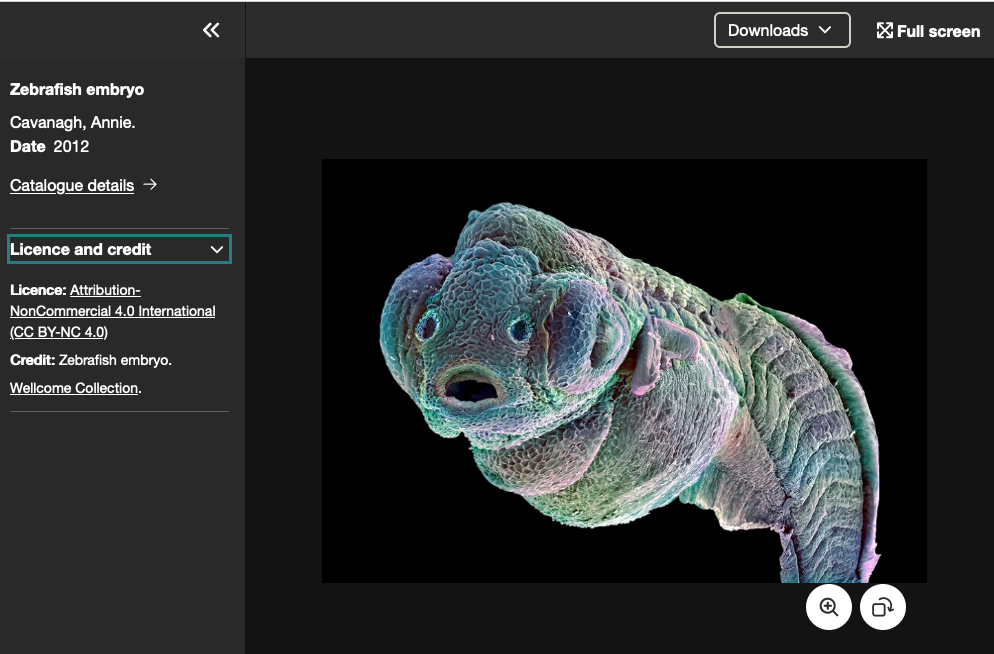
The Wellcome Collection uses IIIF to make medical and scientific materials available via a their custom-built Wellcome Viewer, which supports search and autocomplete service integration with overlaid search results, as well as 3D, audio, video, and pdf viewing experiences. IIIF is also used to dynamically generate multiple image download sizes to users.
View more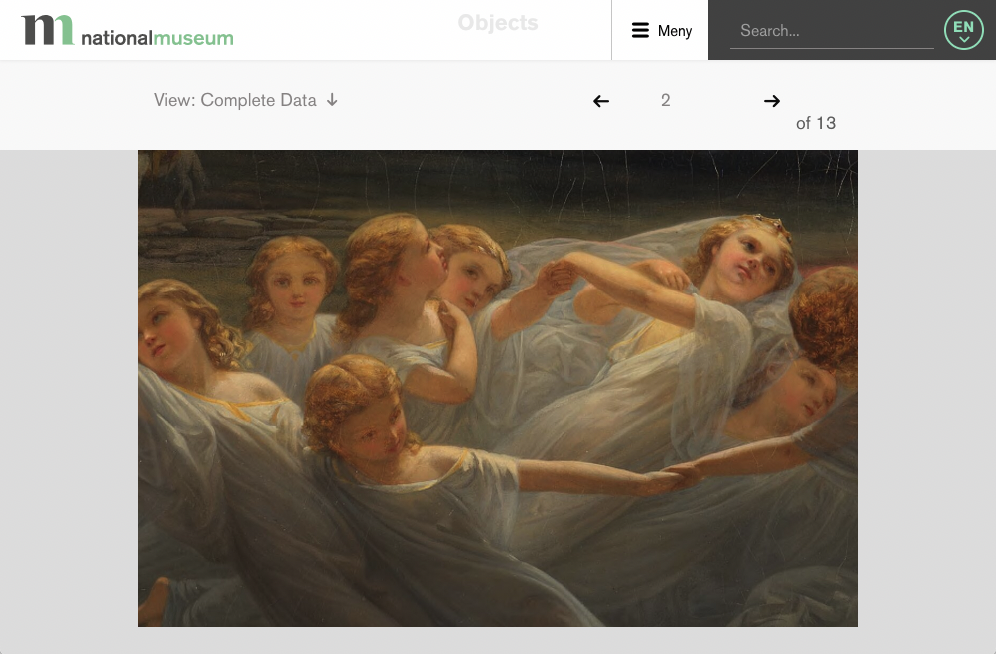
Nationalmuseum has implemented the IIIF Image API and an OpenSeadragon viewer. Combined, these allow smooth, deep zooming on high-resolution images as well as provding the ability for the museum to switch out front end tools such as viewers and back end systems such as servers without a major rebuild of their site.
View more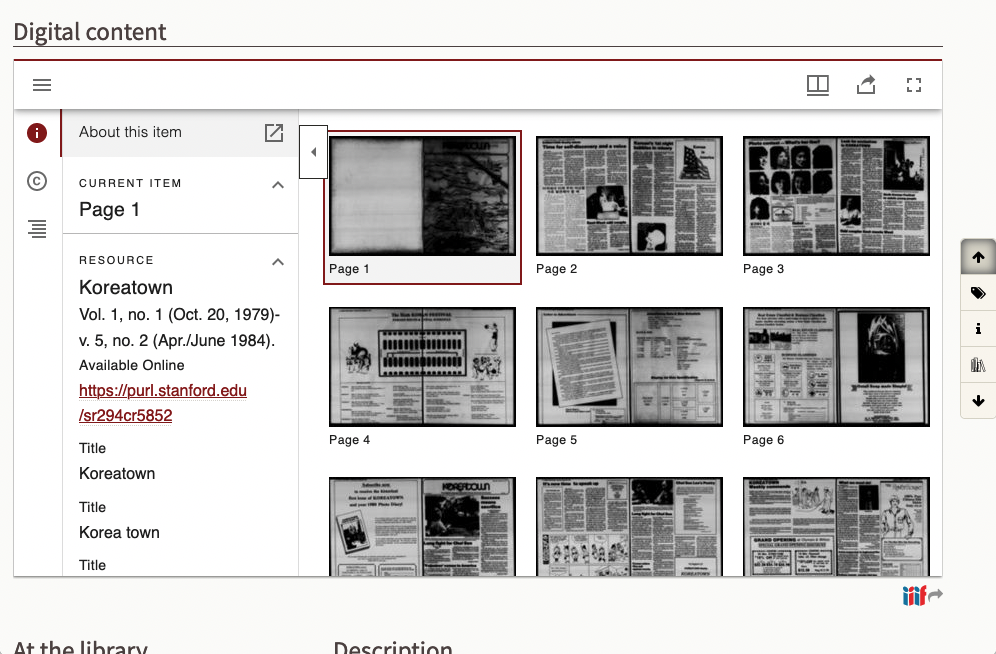
Stanford University has implemented the IIIF Image and Presentation APIs along with a Mirador viewer, which allows the display of complex digitized objects such as the digitized newspaper shown here. The implementation also includes openly available IIIF Manifest files (indicated by the IIIF logo at the bottom right of the viewer), which provide users the ability to easily work with these resources across IIIF-enabled sites and tools.
View moreUnite objects to enhance collections
Make your collections more open and useable: expose your IIIF Manifest files to allow users to unite resources from across collections and create exhibitions, specialized research spaces, and more.
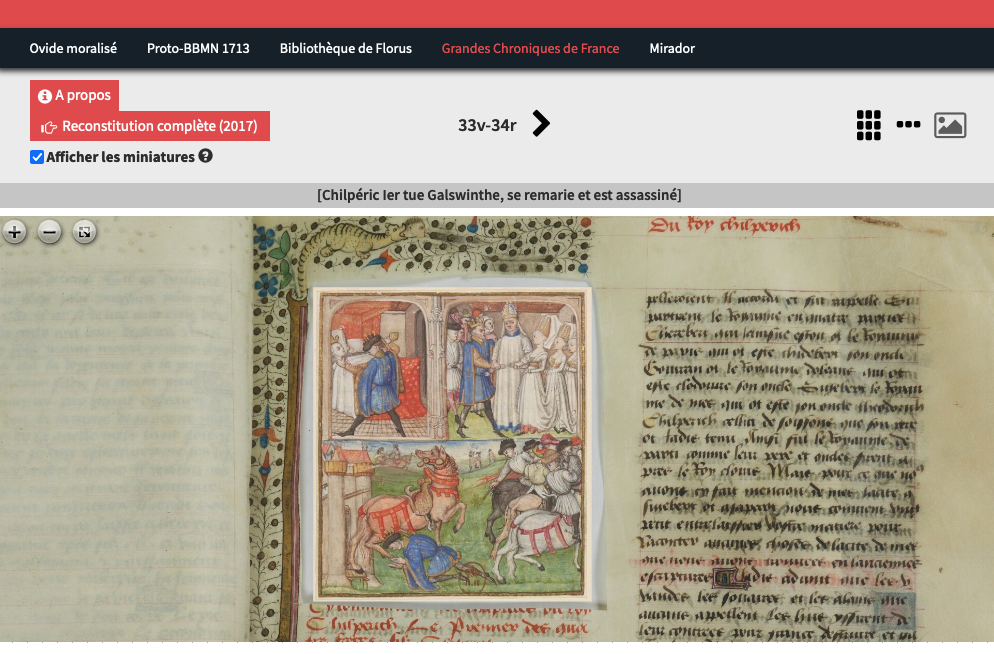
Biblissima uses the IIIF Image and Presentation APIs with an OpenSeadragon viewer to re-unite separated objects. At some point in history, illustrations were cut from the pages of Manuscript 5 of the Municipal Library of Châteauroux and sold. Today, the manuscript is held in the collections of the Bibliothèque virtuelle des manuscrits médiévaux, and the missing illustrations are held in the collection of the Bibliothèque nationale de France. Both institutions make their collections openly available via IIIF, allowing Biblissima to digitally reunite the missing illustrations with their pages so researchers can view them as intended.
View more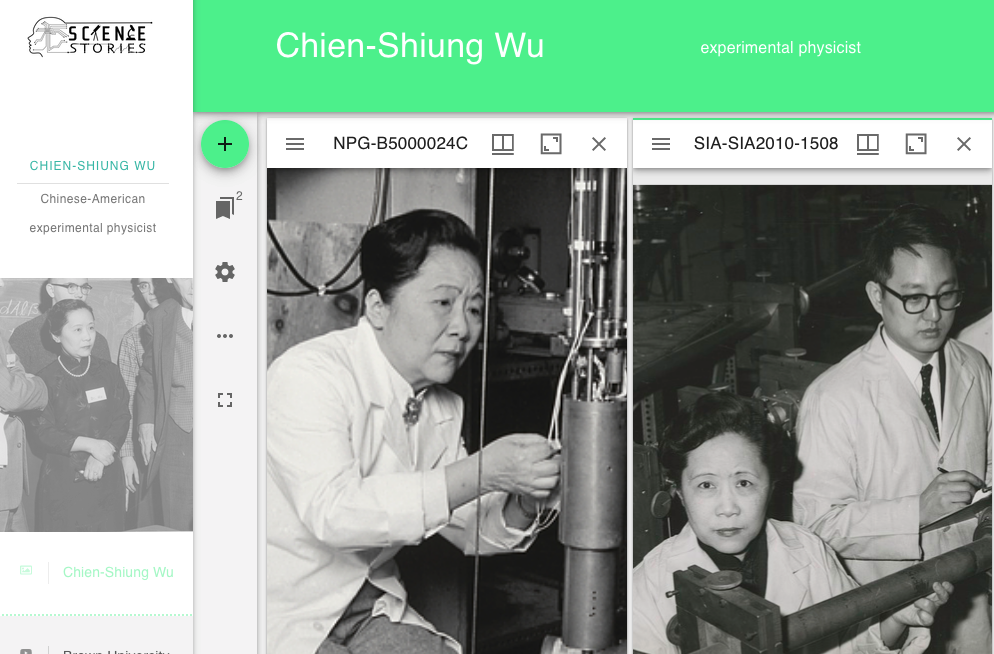
Science Storiesmakes use of existing IIIF materials by assembling digitized resources from across diverse collections to highlight the research and experiences of historical and contemporary scientists. In this example, photographs made available via IIIF from the Smithsonian Institute Archives and National Portrait Gallery (US) are assembled in a Mirador viewer to show documenation of physicist Chien-Shiung Wu at work alongside non-IIIF videos about her career and a timeline of her career from other sites. Each resource links back to its source repository, providing opportunities for further exploration.
View moreContextualize with annotations
Wheather you’re interested in annotations for research or storytelling, IIIF annotations allow you to add context to single or grouped resources using the W3 Web Annotation Data Model standard.
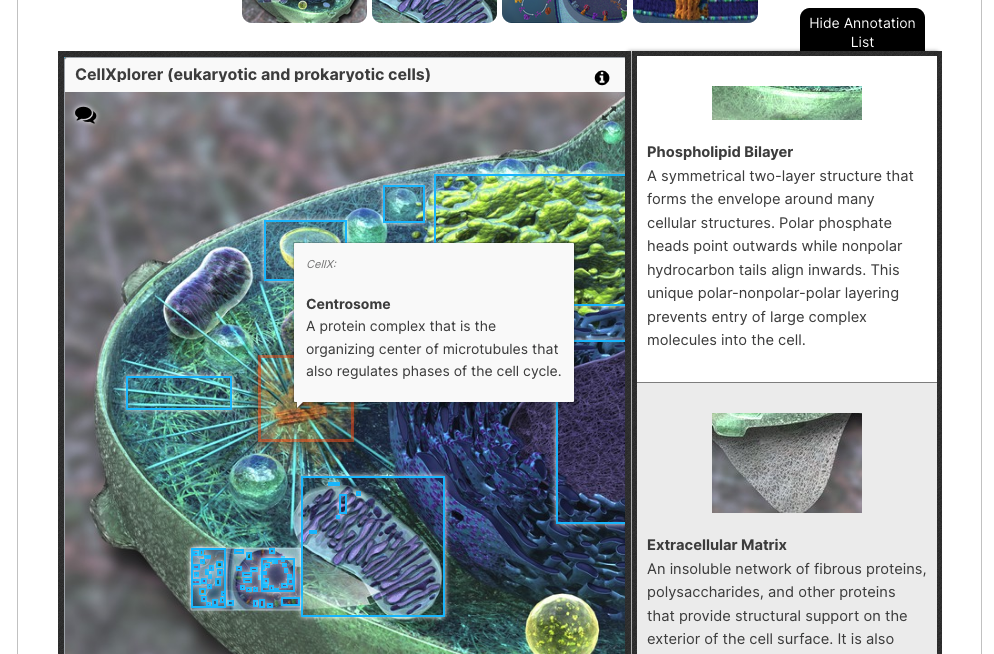
Harvard University is using IIIF to enhance their EdX course offerings. Here, the Mirador viewer displays an image of a cell with IIIF annotations showing its parts, allowing students to zoom in and out to see the relative size of each of the parts compared to the whole of the cell. Each course session focuses on different cell parts, and the viewer brings students to the corresponding area of the image when students view the session pages.
View more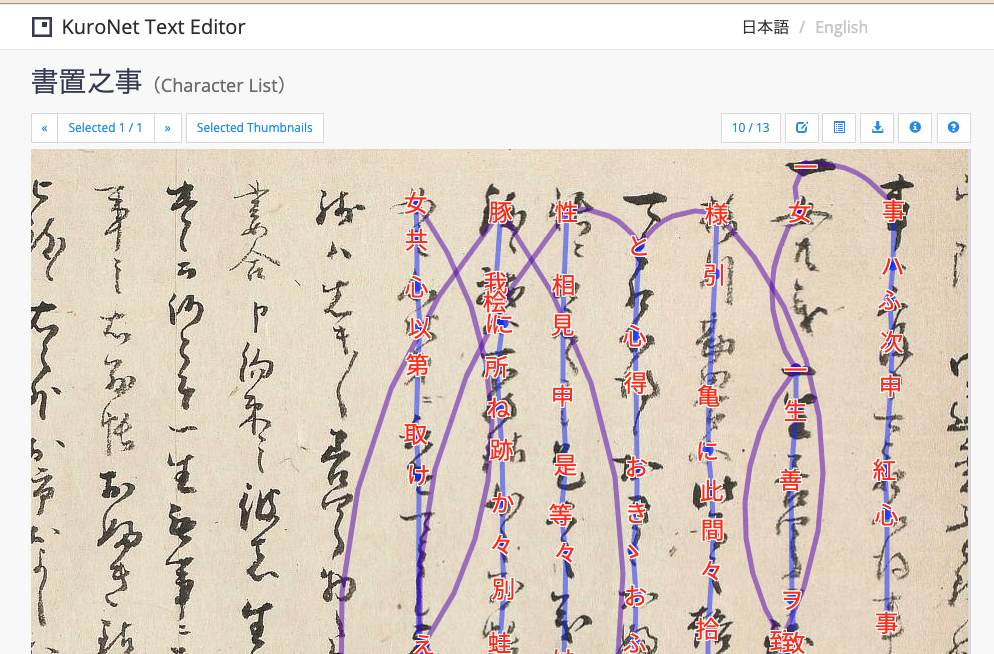
Many historical Japanese materials are written in kuzushiji, a form of cursive writing that most Japanese speakers can’t read today. This tool uses the Curation Viewer to allow users to highlight characters as annotations in a IIIF-enabled kuzushiji document. The highlighted text is read by AI-driven cursive Optical Character Recognition (OCR) which suggests the characters likely to be depicted, allowing easy interpretation.
View more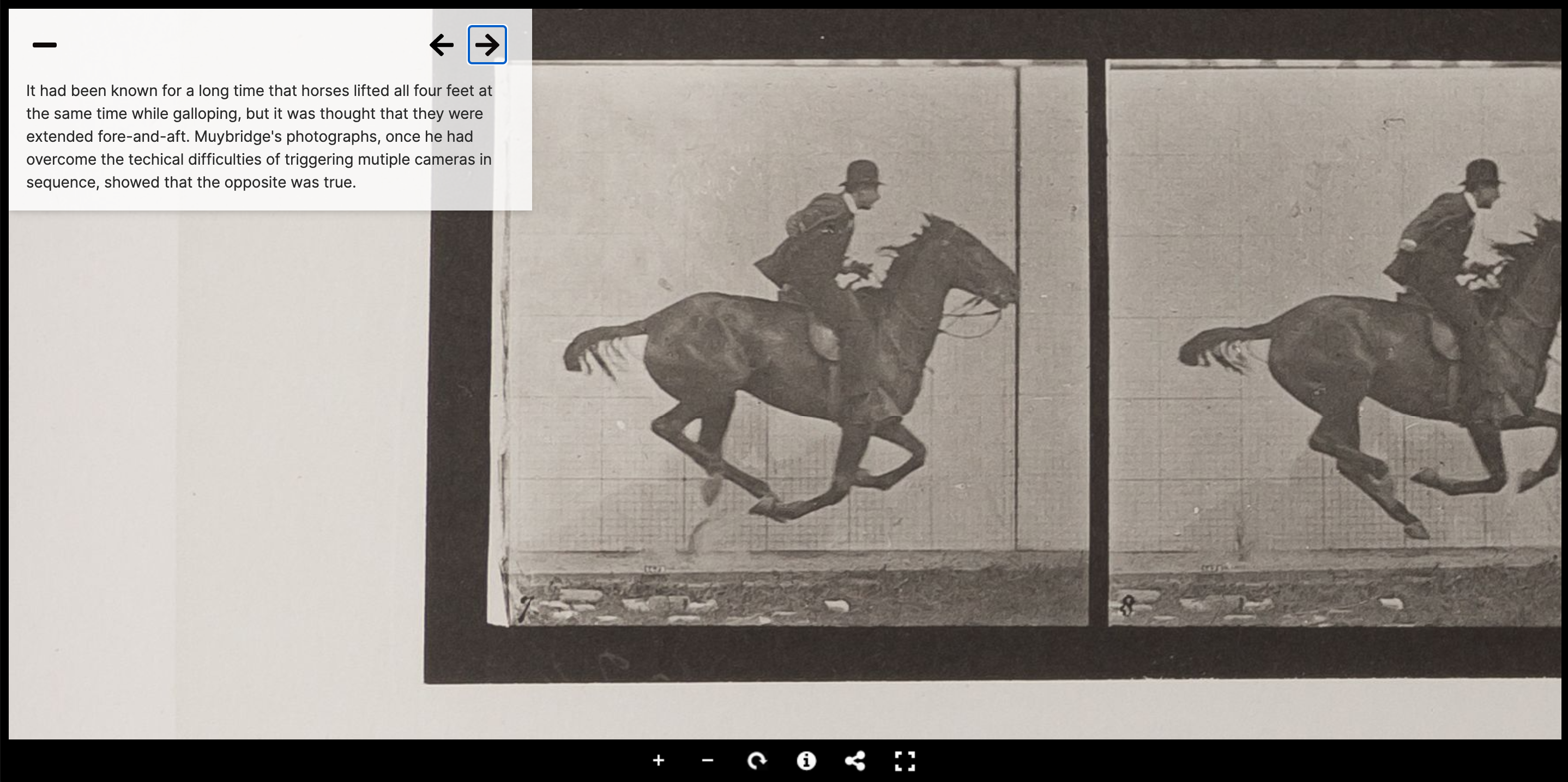
Exhibit is an educational tool developed by the University of St Andrews and Mnemoscene in response to remote teaching needs during the Covid-19 pandemic. It allows users to easily develop guided annotation experiences for individual or grouped IIIF resource using the Universal Viewer and IIIF annotations. In this example, annotation text guides the viewer through IIIF-enabled images from the collection at St Andrews which depict Edweard Muybridge’s accidental creation of the first motion picture. While the tool was developed for faculty at the University to use in teaching, it is openly available to users anywhere and works with any IIIF-enabled resource that makes a Manifest file openly available.
View more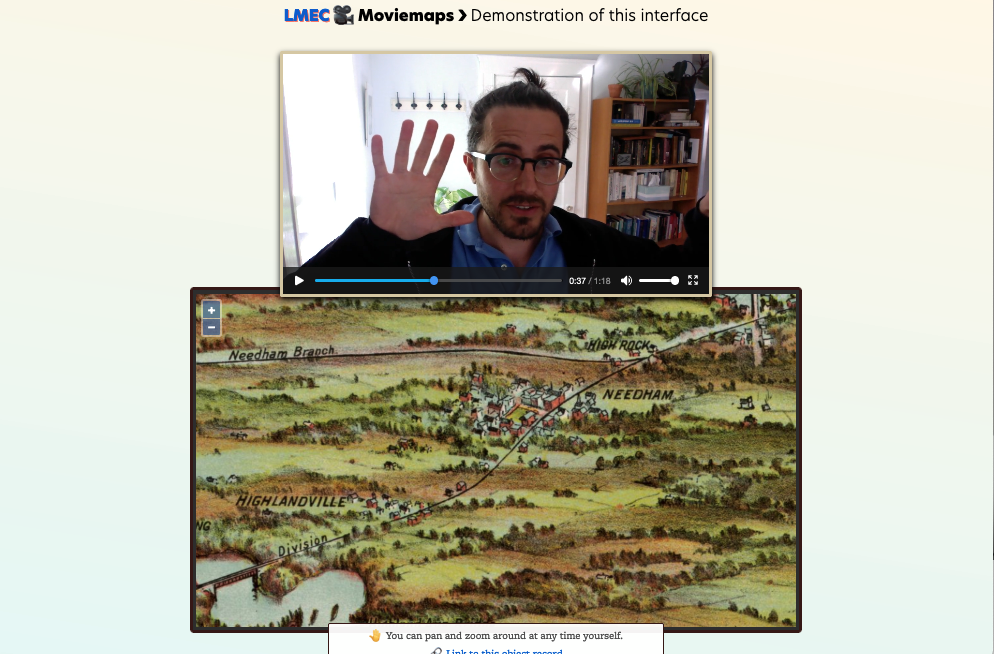
The Leventhal Center at the Boston Public Library created Movie Maps, which uses IIIF annotations to provide video narration timed with guided viewing, enabling an engaging tour through an image such as the map shown here.
View moreGo beyond research
IIIF’s flexibility extends beyond research environments. Take a look at some of the most creative IIIF implementations developed for fun and innovation.
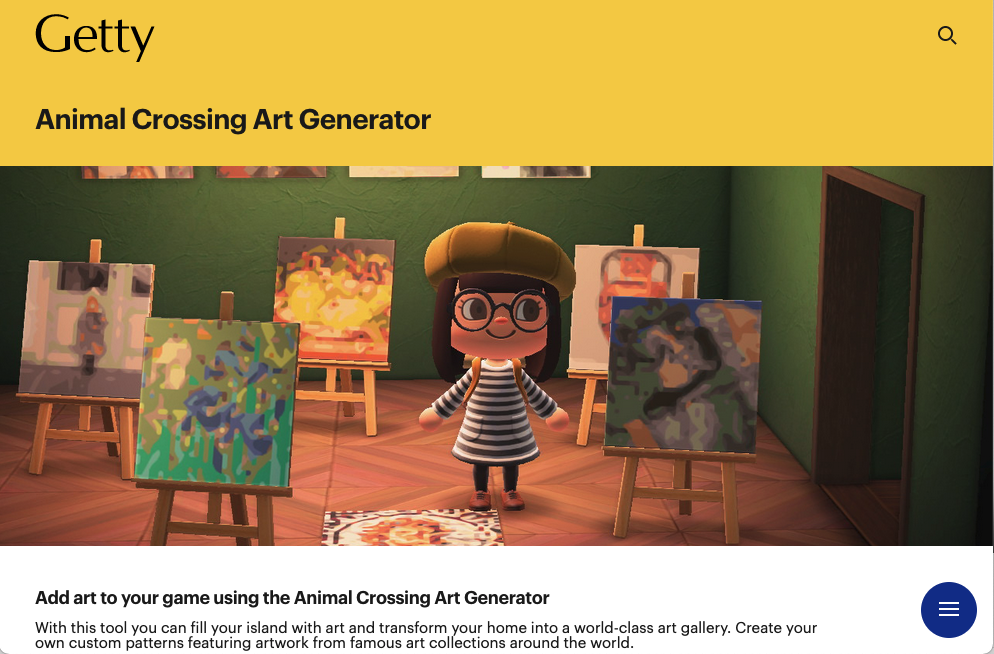
Animal Crossing Art Generator allows users to import IIIF-enabled artworks from global museums and create Animal Crossing patterns for shirts, wall and floor coverings, paintings for an easel or canvas, and for display on mannequins, via a QR code created for the chosen artwork.
View more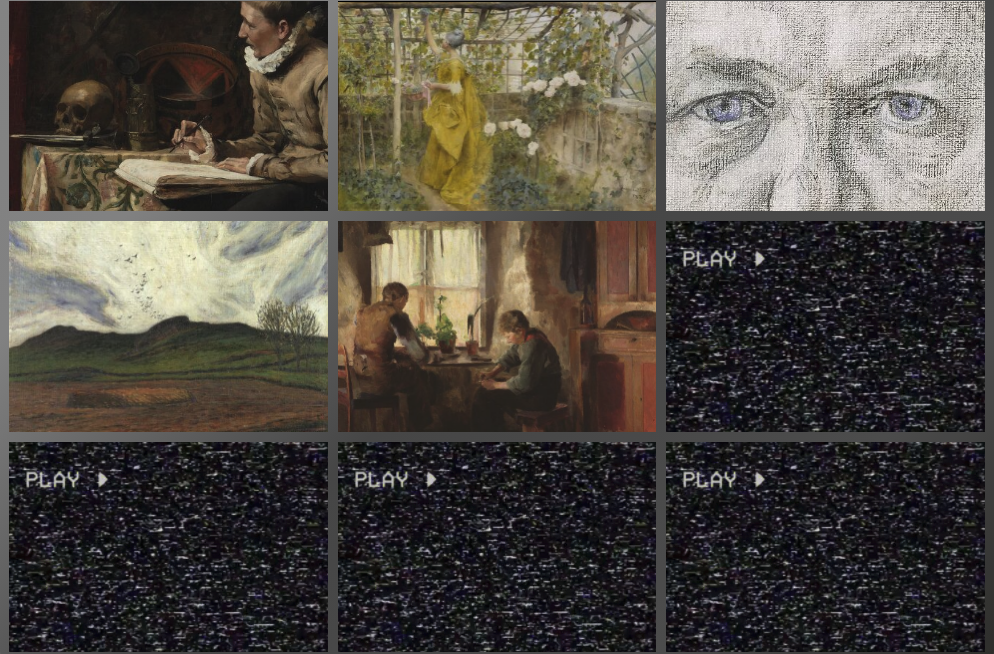
Using a combination of IIIF images, OpenSeadragon and WebSockets, Cogapp playfully explores what surveillance of visitor activity might look like in a scenario where up to 9 participants can browse a collection of zoomable images, whilst having their activity monitored in real time in a simulated control room.
View more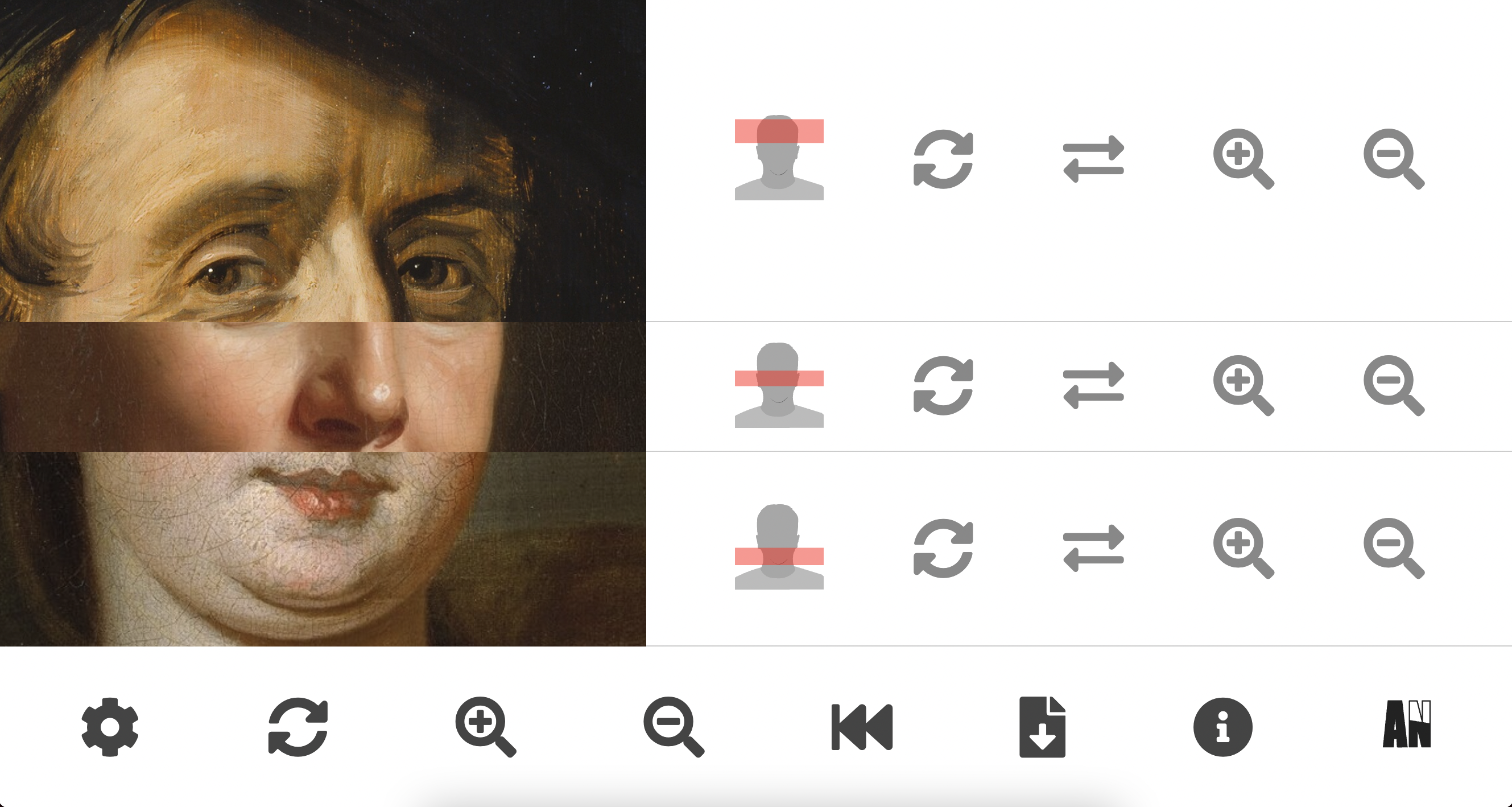
Antlitz Ninja, created by Leander Seige for the Coding da Vinci hackathon in Germany, uses an OpenSeadragon viewer along with the Image and Presentation APIs to enable zooming and realignment of paintings to create Exquisite Corpse portraits on the fly.
View more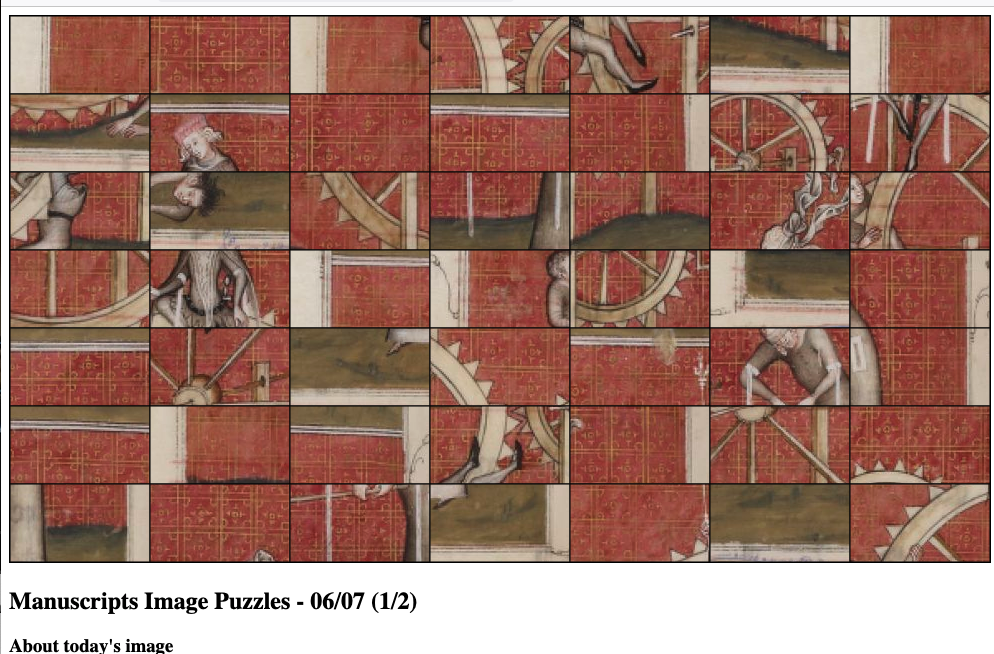
Ben Albritton of Stanford University Libraries created drag-and-drop puzzles featuring Medieval manuscripts using the IIIF Image API and HTML canvases.
View moreReady to get started?
Whether you’re a developer, researcher, librarian, collection manager, or someone else, your work with digital collections can benefit from IIIF technology and tools.